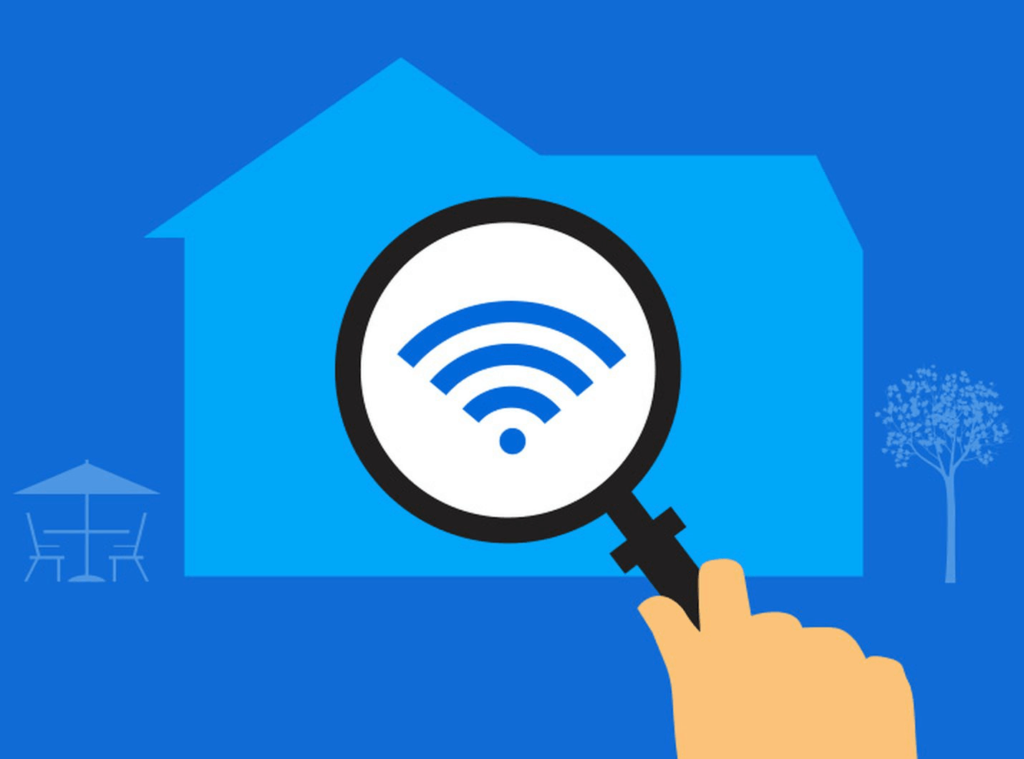A Service Set Identifier (SSID) is a series of characters that uniquely names a Wireless Local Area Network (WLAN). An SSID is often referred to as a “network name.” This name allows systems to connect to the network while multiple independent networks operate in the same physical area, ensuring data gets sent to the correct destination. A wireless network administrator sets the name of the router, or base station, to “Office.” This will be the name that users see when browsing available wireless networks to identify the wireless network from other nearby networks.
Businesses in the same building can operate their own WLAN, comprised of systems and workstations using unique SSID identifiers. The purpose of an SSID is to help workstations in ‘Business A’ find and connect to devices in ‘Business A’, ignoring devices belonging to ‘Business B’.
What does this mean for an SMB?
- Access only websites that use HTTPS in their URL.
- Disable Wi-Fi, AWDL (AirDrop), and BlueTooth when they’re not in use.
- Never connect to insecure Guest (Public) Wi-Fi networks to do critical personal or professional work unless you are using a VPN.
Additionally, all businesses should adopt the following security measures:
- Adopt two-factor authentication on all critical Internet-accessible services
- Adopt a password manager for better personal/work password hygiene
- Require 14+ character Passwords in your Governance Policies
- Follow a 3-2-1 backup method for all critical and sensitive data
- Train employees to spot and avoid email-based phishing attacks
- Check that employees can spot and avoid phishing emails by testing them
- Document and test Business Continuity Disaster Recovery (BCDR) plans
- Perform a risk assessment every two to three year.

